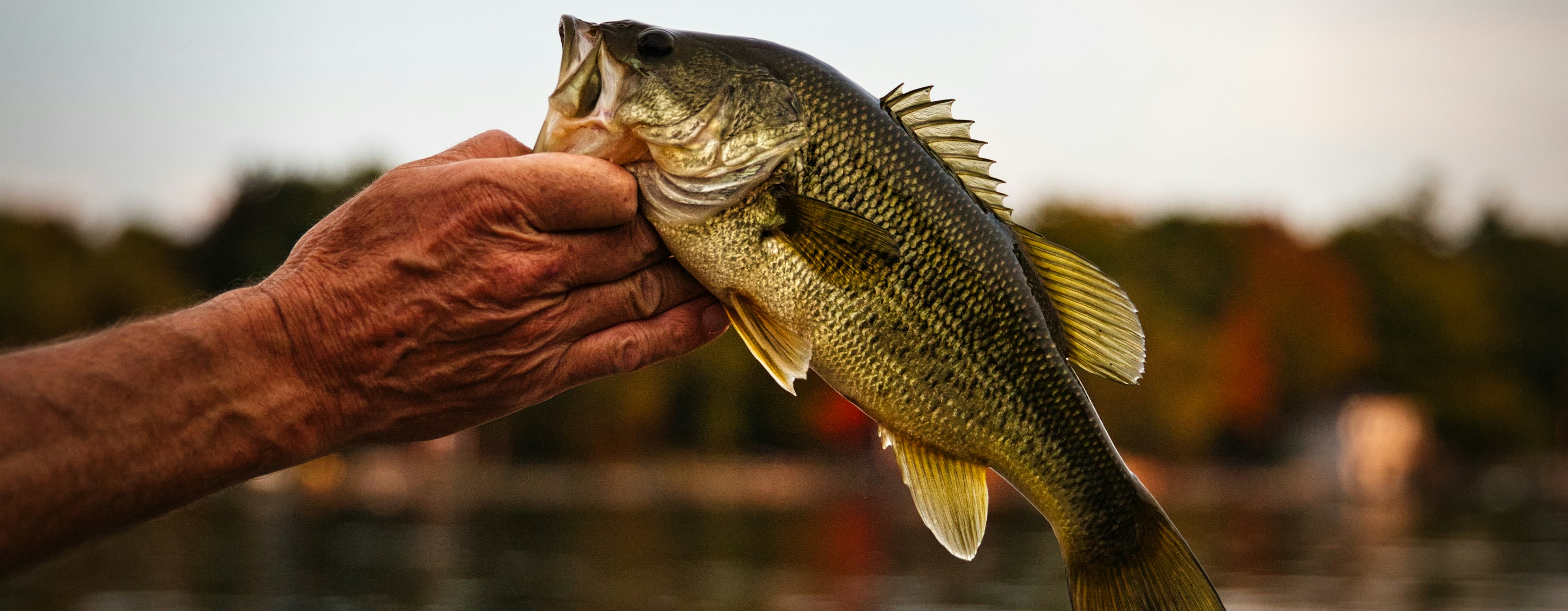Fish Stocking

Get the Fish YOU want for YOUR pond needs
Due to the quantity of fish we get in and our limited holding facilities we are accepting only PRE-orders. Below is a listing of the fish we will have available this spring. We will call you once fish arrive and we have assured their health. We will set up a pick up time with you when we call.Please bring either five gallon buckets or boxes for transport. IBN will package your fish in plastic bags along with oxygen to ensure your fish travel home safely. PLASTIC BAGS ARE a Must!!!
PLEASE SCHEDULE PICK UP!
Call Don to Order - 419-669-4084
We will have you pull up and we can package your order and load it into your car.
You don't even have to get out of the vehicle.
*All Orders Subject to availability.
*Prices and Availability may change without notice.
Fathead Minnows $15/#
3-5” Hybrid Striped Bass $2.75 each
2-4” Red Ear Sunfish $1.30 each
10-12” White Amur $18.00 each
Bags and Oxygen $4.00 each
High Protein Fish Food $1.40 #
For Tilapia Information go here
Fish Descriptions
Largemouth Bass Micropterus salmoides
A highly adaptive and well-suited predator for ponds and small lakes, the largemouth bass is undoubtedly North America’s most popular game fish. Reaching lengths of 20 inches, largemouth have a varied diet including crustaceans, insects, fish, and reptiles. Preferred habitat includes abundant vegetation and clear water with spawning occurring on gravel, sand, and hard clays.
Hybrid Striped Bass Morone saxatilis x M. chrysops
A genetic cross between a striped bass and a white bass, the hybrid striped bass combines excellent fish diversity and manageability within ponds and small lakes. Hybrid stripers are a pelagic—open water—species, inhabiting areas not occupied by traditional pond predators. Hybrid stripers do not reproduce in ponds and obtain lengths up to 25 inches.
Yellow Perch Perca flavescens
Renowned for its mild, flaky flesh, the yellow perch is becoming ever-more popular for stocking into ponds and small lakes. Although adapted to large lake inhabitance, the yellow perch can be successfully raised in smaller ponds and lakes with a little effort. Yellow perch primarily feed on insects and small fish in and around vegetated areas and reach lengths of 14 inches.
Bluegill Lepomis macrochirus
Undisputedly, bluegill are the most popular prey species for ponds and small lakes. In ponds, bluegills primarily consume small crustaceans and insects. Preferred spawning habitats include shallow sand, gravel, or muck bottoms, where nests are constructed and guarded by the male. Reaching lengths of 10 inches, bluegills provide excellent fishing and table fare.
Redear Sunfish Lepomis microlophus
A close relative of the bluegill, redear Sunfish have proven to be an excellent addition to many ponds. In addition to feeding on small crustaceans and insects, redear prefer a diet of snails and other mollusks. Upon spawning, redear also move inshore and build nests in gravel, sand, and clay bottoms. Throughout the rest of the year, redear gravitate around structure, making them better suited for ponds used for swimming.
White Amur Ctenopharyngodon idella
White amur or grass carp provide an effective and economical means of controlling specific types of unwanted rooted vegetation. Certified sterile, white amur will not reproduce in ponds. White amur often obtain lengths of 36-48 inches within 3-7 years of stocking.
Fathead Minnow Pimephales promelas
Fatheads are a robust forage fish stocked primarily to enhance the growth of predators within a pond. With adults only reaching 1.5 – 3.0 inches in length, they provide excellent forage for small to medium size largemouth bass and yellow perch. Spawning habitat includes the underside of submerged structures such as rocks and logs.
© 2025


